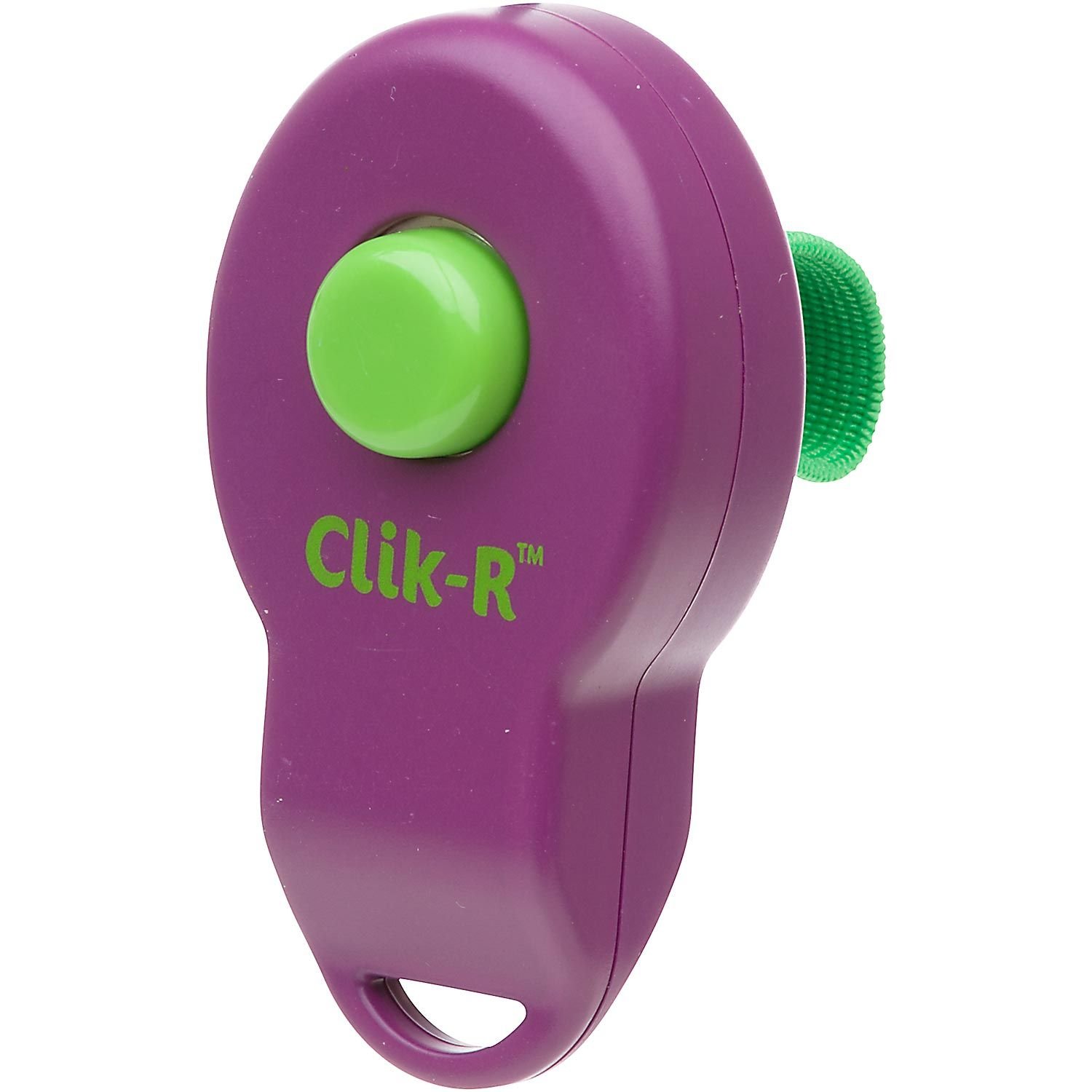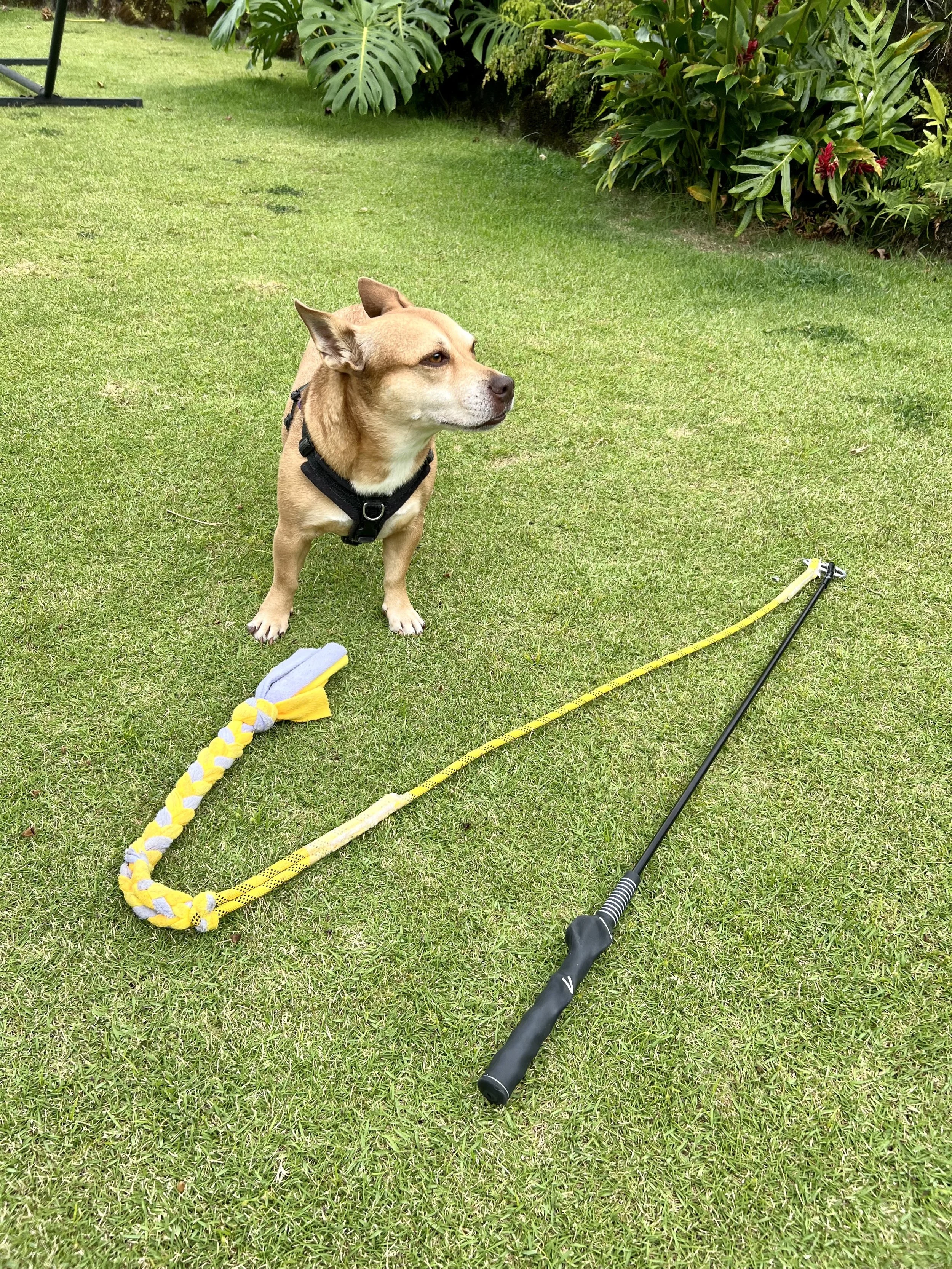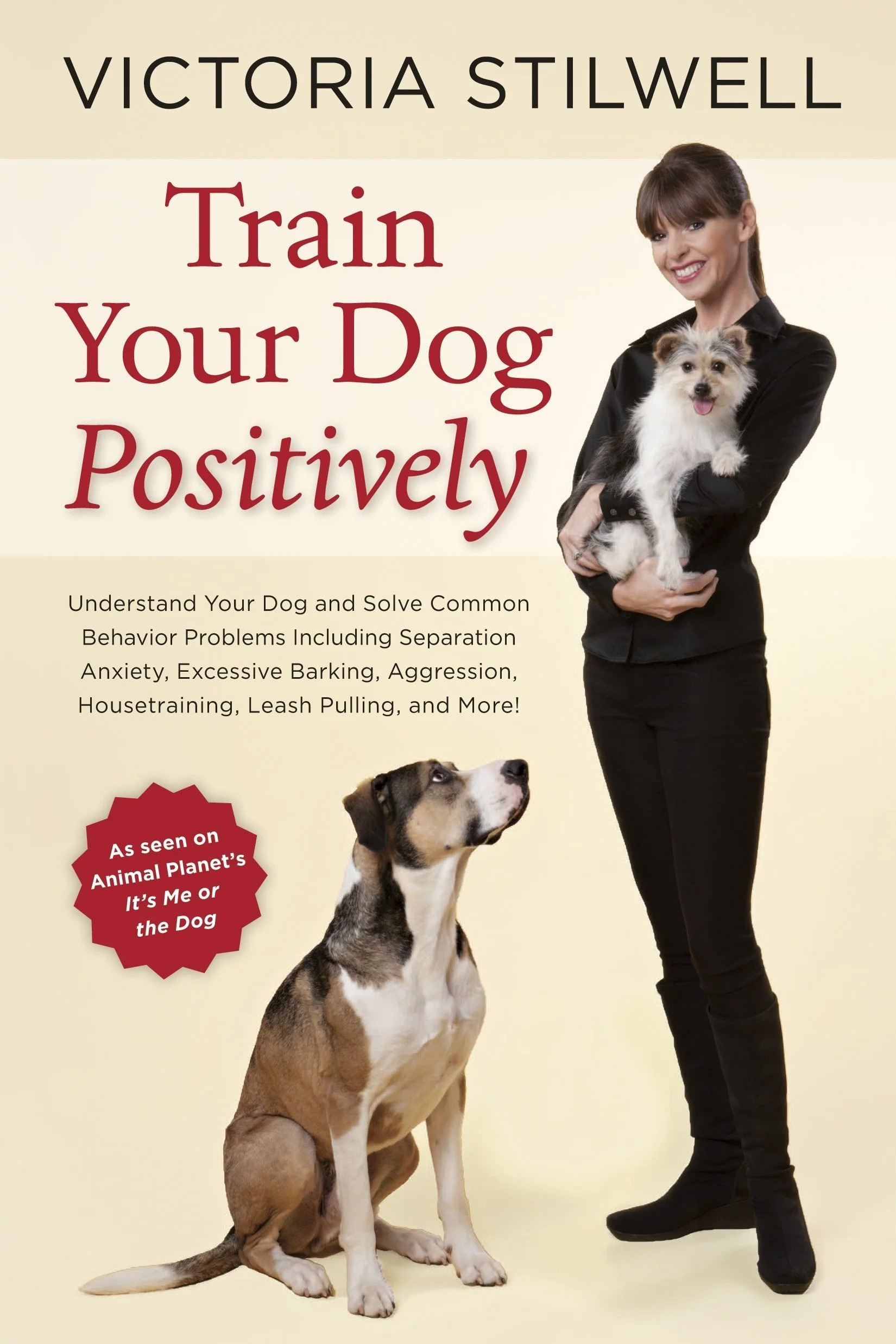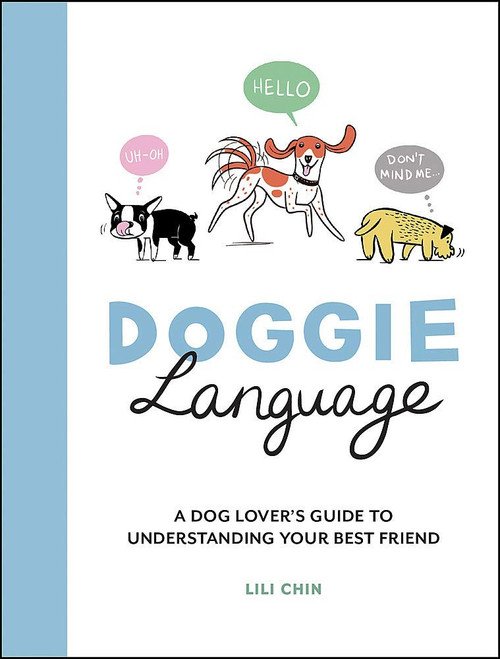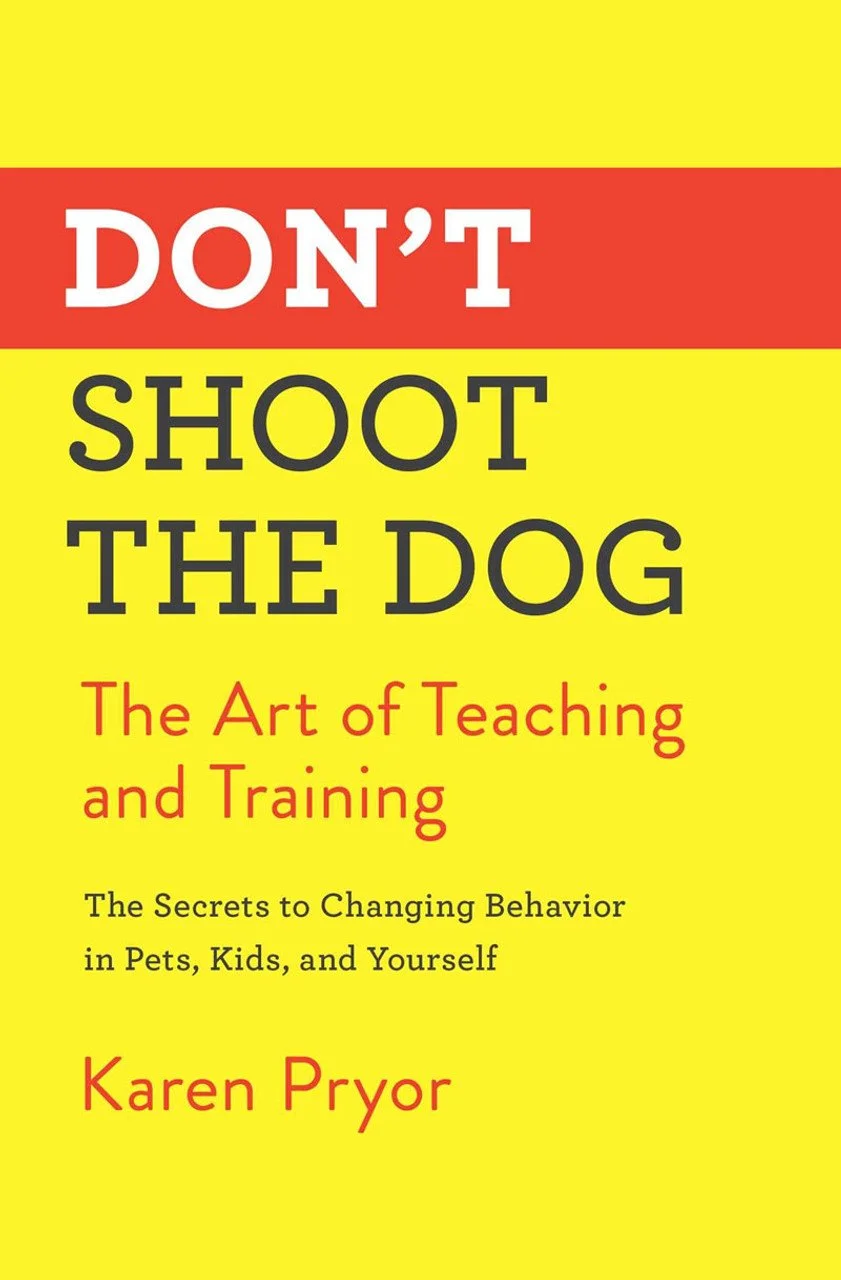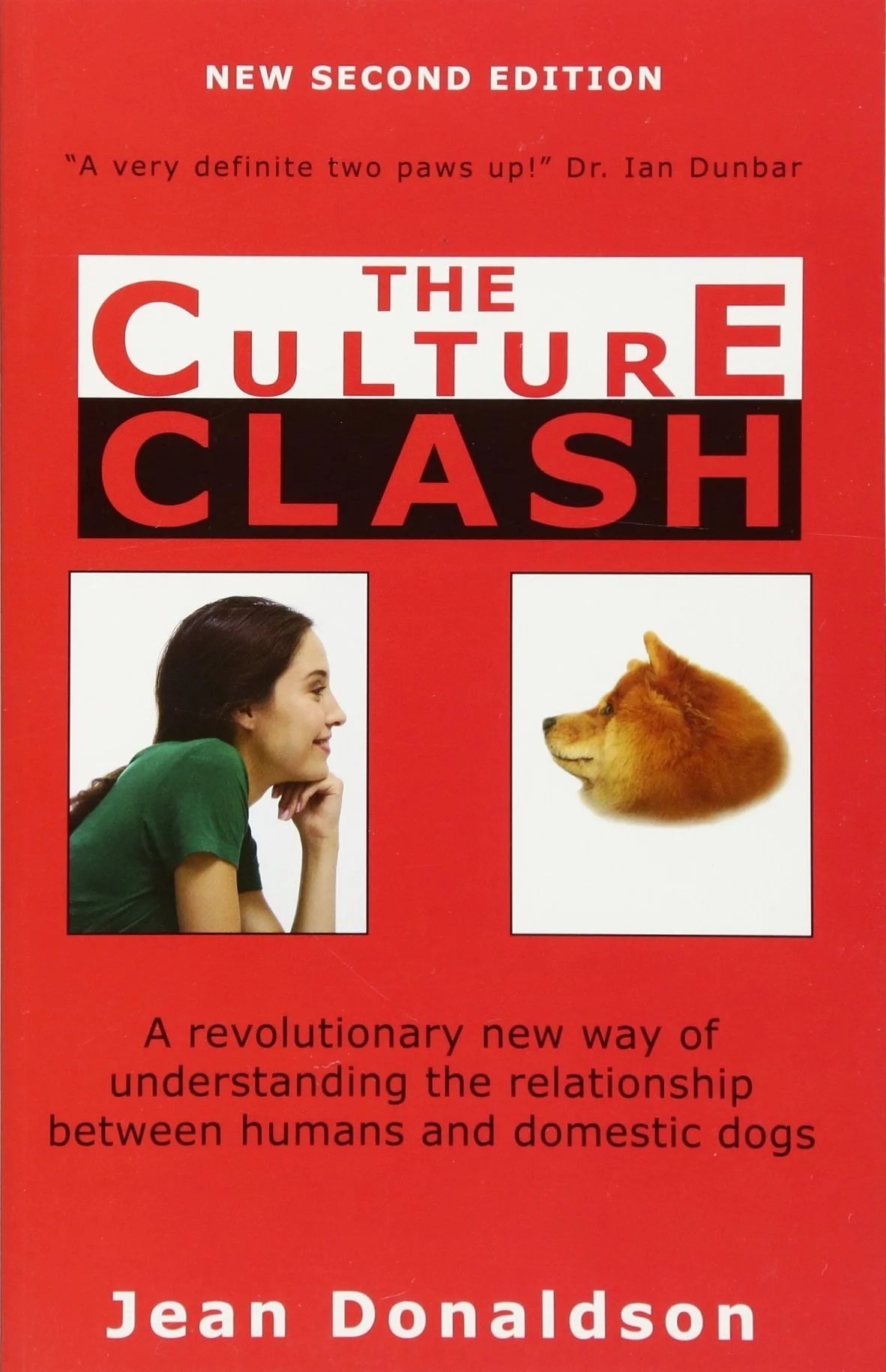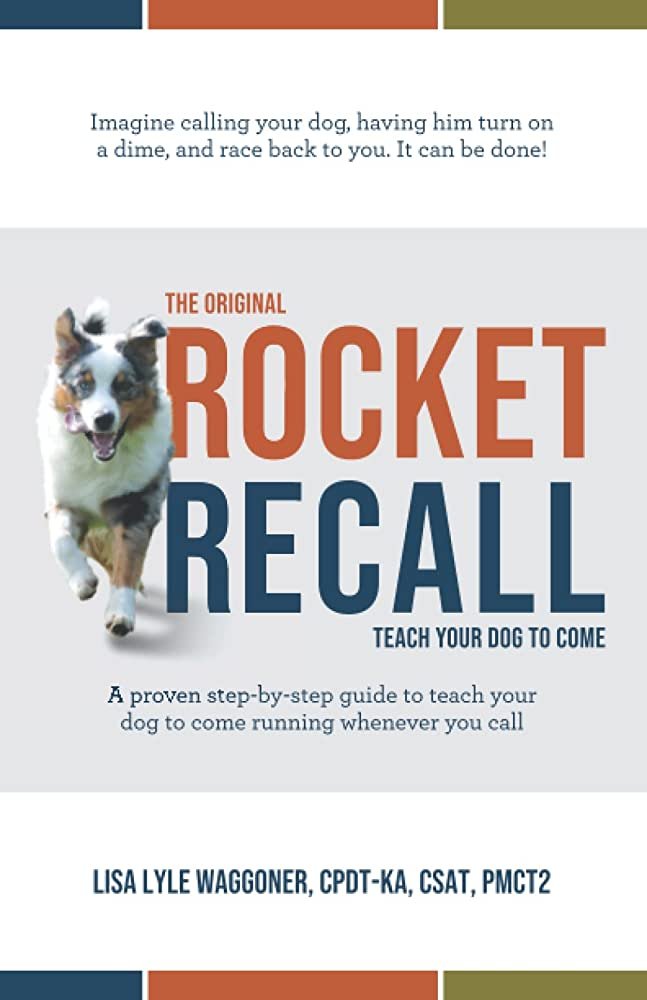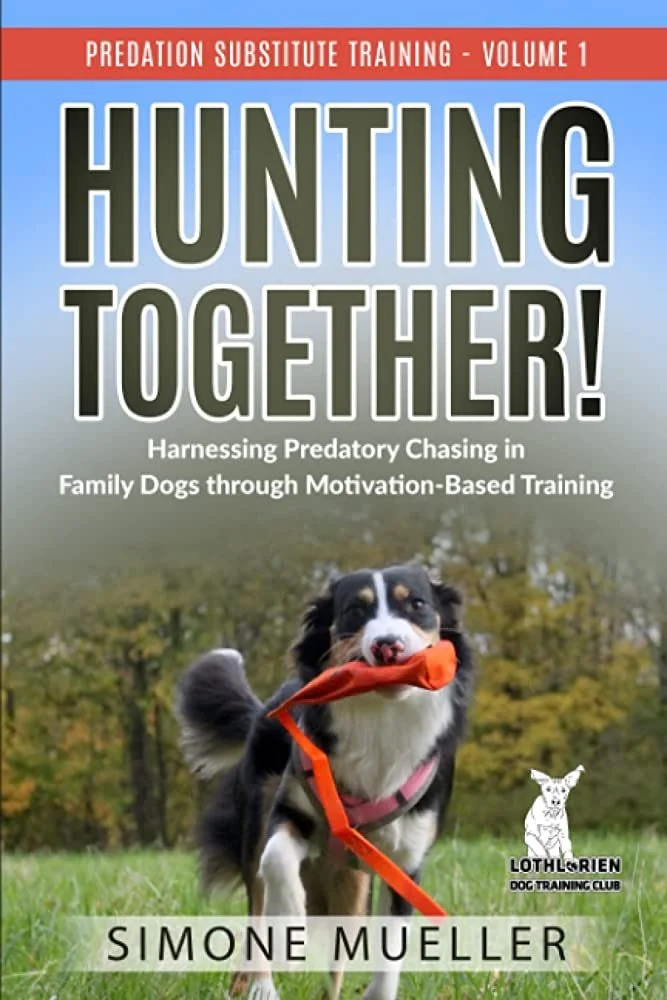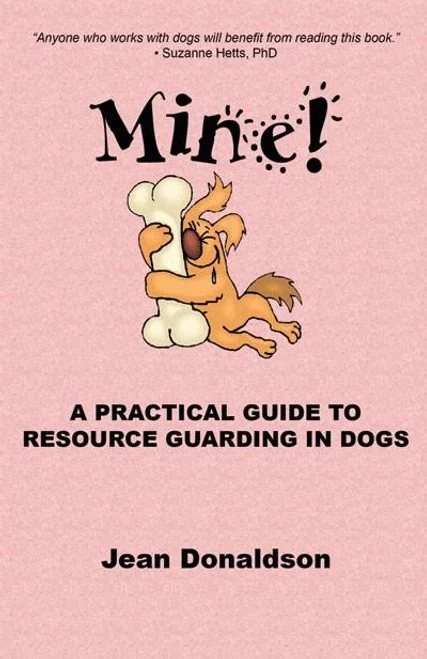
All Things Canine
We Love and Recommend
Canine Gear
Canine Toys
Canine Books
Canine Scientific Studies
Survey of the use and outcome of confrontational and non-confrontational training methods in client-owned dogs showing undesired behaviors, Applied Animal Behaviour Science, 2009; 117 (1-2): 47.
Alpha status, dominance, and division of labor in wolf packs, David Mech, Canadian Journal of Zoology 77:1196:1203.
Considerations for shock and ‘training’ collars: Concerns from and for the working dog community, (Overall) Journal of Veterinary Behavior (2007) 2, 103-107.
Training dogs with help of the shock collar: short and long term behavioural effects, (Schilder, van der Borg) Applied Animal Behaviour Science 85 (2004) 319–334.
Can Aggression in Dogs Be Elicited Through the Use of Electronic Pet Containment Systems? (Polsky) Journal of Applied Animal Welfare Science 2000 Vol. 3 No. 4 pp. 345-357.
Training methods and owner–dog interactions: Links with dog behaviour and learning ability, Rooney and Cowin, Anim. Behav. Sci., 132 (3–4) (2011), pp. 169-177.
Dominance in domestic dogs—useful construct or bad habit? J.W.S. Bradshaw, E.J. Blackwell, R.A. Casey, J. Vet. Behav. Clin. Appl. Res., 4 (2009), pp. 135-144.
Dog training methods: their use, effectiveness and interaction with behaviour and welfare, E.F. Hiby, N.J. Rooney, J.W.S. Bradshaw, Anim. Welf., 13 (1) (2004), pp. 63-69.
Does training method matter? Evidence for the negative impact of aversive-based methods on companion dog welfare, A.C. Vieira de Castro, D. Fuchs, G.M. Morello, S. Pastur, L. de Sousa, A.S. Olsson, PLoS One, 15 (12) (2020).
Disambiguating the “guilty look”: Salient prompts to a familiar dog behaviour, Horowitz A. (2009), Behavioural Processes, 81 (3) 447-452.







